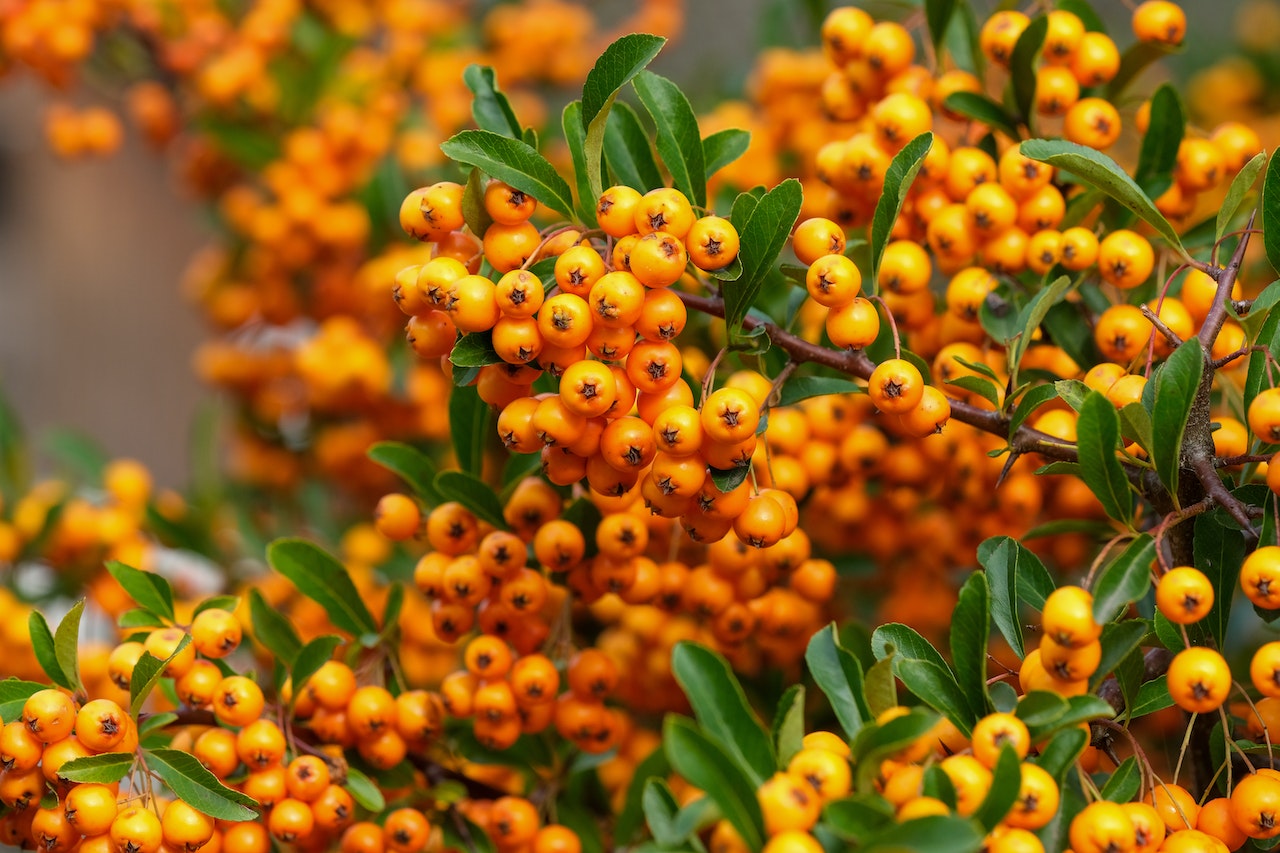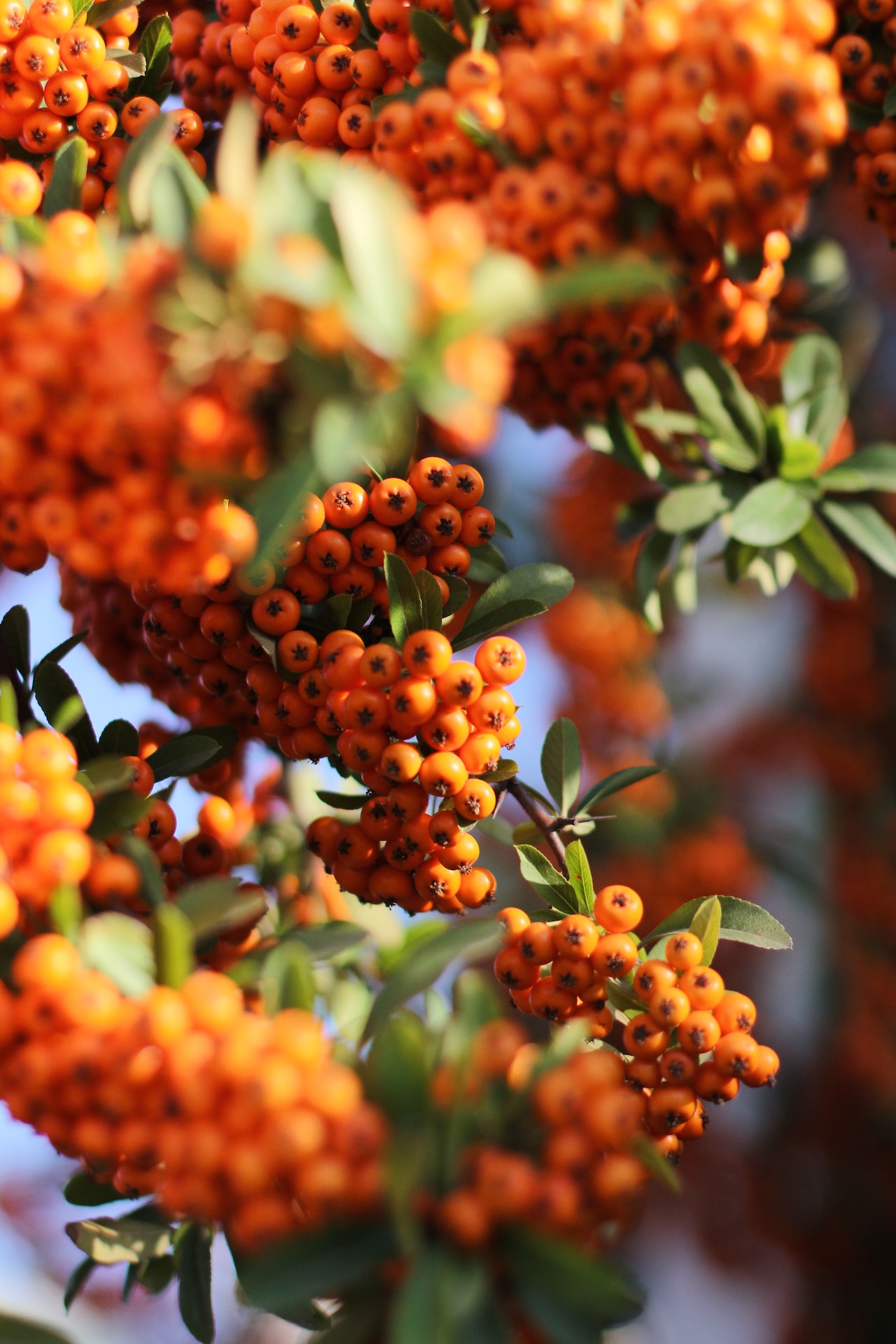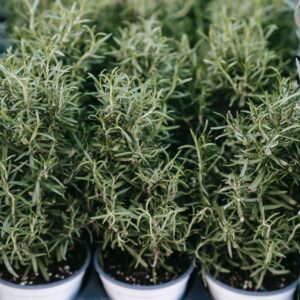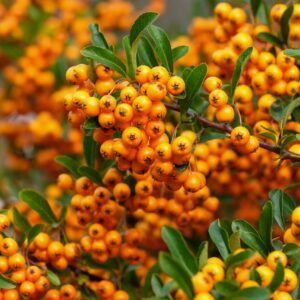Pyracantha, commonly known as Firethorn, is a versatile evergreen shrub cherished for its vibrant berries, ornamental flowers, and thorny branches that offer privacy and security. Belonging to the Rosaceae family, Pyracantha species originate from Europe and Asia. Its striking appearance and hardy nature make it a popular choice for gardens, hedges, and landscapes.
Growing Conditions:
Pyracantha thrives in temperate climates and adapts well to various conditions. It is suited for USDA hardiness zones 6 to 9. These shrubs prefer well-drained soil and can tolerate a range of soil types, from sandy to clayey.
Soil Type for Good Growth:
Well-draining soil is crucial for Pyracantha. Amending the soil with organic matter can enhance drainage and water retention, promoting healthy growth.
Weather Type for Good Growth:
Pyracantha does best in regions with mild winters and warm summers. It can tolerate occasional frost, making it suitable for temperate and subtropical climates.
Light and Humidity Requirements:
Full sun to partial shade is ideal for Pyracantha. It requires at least 6 hours of sunlight for optimal flowering and berry production. It adapts to various humidity levels.
Fertilizers and Pesticides:
Pyracantha doesn’t require heavy fertilization. Applying a balanced, slow-release fertilizer in spring can enhance growth. As for pesticides, monitor for aphids, scales, and fire blight. Use insecticidal soap or neem oil for organic pest control.
Common Pest Issues:
Pyracantha can suffer from aphid infestations, which can cause curling leaves and sooty mold. Scales are another concern, as they feed on plant sap. Regular inspection and early intervention are essential to prevent these issues.
Edibility:
The berries of Pyracantha are not toxic but are generally considered inedible due to their bitter taste. In some cases, the berries are used to make jellies or preserves.
Popular Use Cases:
Ornamental Shrub: Pyracantha is primarily cultivated for its ornamental value. Its clusters of bright berries, combined with white flowers, add color and interest to gardens.
Security Hedges: The thorny branches of Pyracantha make it an effective choice for creating dense and impenetrable hedges, enhancing security and privacy.
Wildlife Attraction: The berries are a valuable food source for birds during winter, attracting wildlife to the garden.
Traditional Use Cases:
Pyracantha berries have been used in traditional medicine for their potential anti-inflammatory properties. The leaves have been employed in herbal remedies for digestive issues.
Trivia or Facts:
The name “Firethorn” comes from the thorny branches and fiery-colored berries.
Pyracantha is related to apples and pears, belonging to the same family.
Medical Facts:
While Pyracantha has been used in traditional medicine, it’s important to consult a healthcare professional before using it for medicinal purposes. The berries may cause gastrointestinal discomfort in some individuals.
In summary, Pyracantha, or Firethorn, is an evergreen shrub renowned for its vibrant berries, flowers, and thorny branches. Adaptable to various climates and soil types, it serves as an ornamental delight in gardens and landscapes. Its versatility extends to security hedges, while its berries offer sustenance to wildlife. While traditionally used in herbal remedies, its edibility and medicinal use warrant careful consideration and expert advice.







Reviews
There are no reviews yet